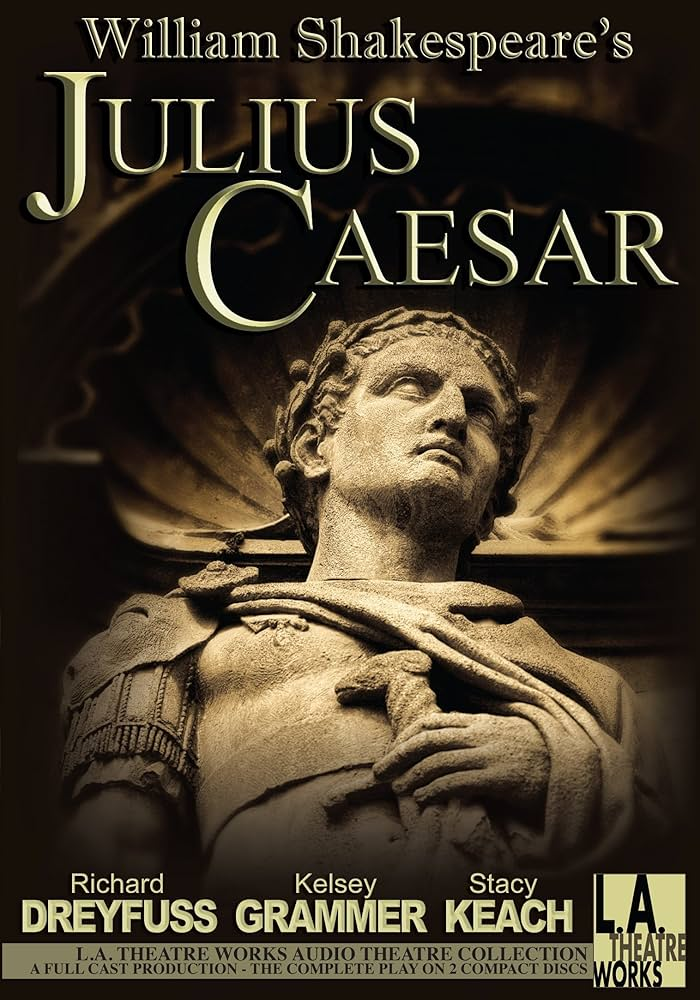David Copperfield: A Journey of Self-Discovery and Social Commentary
Charles Dickens’ David Copperfield is not just a novel; it’s a timeless exploration of personal growth, societal issues, and the ever-complex nature of human relationships. Written in 1849–1850, the novel stands as one of Dickens’ finest works, blending his characteristic wit and social critique with a deeply personal story of a young man’s development. It’s a story of triumph, tragedy, love, and loss that resonates with readers even today.
The Story of David Copperfield: A Bildungsroman
At its core, David Copperfield is a bildungsroman, a coming-of-age novel that traces the protagonist’s journey from childhood to maturity. The novel follows David as he navigates the ups and downs of life, dealing with issues of family, friendship, love, and career. The story is told in the first person, with David reflecting on the various people who shaped his life.
David’s life begins in sorrow with the death of his father and the harshness of his stepfather, Mr. Murdstone. He faces a series of trials and tribulations throughout his formative years, from abuse at the hands of Mr. Murdstone to the loss of his beloved mother. However, despite the many hardships David faces, he is constantly striving to better himself, proving that resilience and perseverance can lead to eventual success.
The Richness of Characterization
What makes David Copperfield so compelling are its vibrant, multifaceted characters. From the kindly Peggotty to the villainous Uriah Heep, each character adds depth to the novel’s exploration of society and human nature. Peggotty, the affectionate servant, represents the virtue of loyalty and kindness, while Uriah Heep embodies deceit, ambition, and social climbing. Through these characters, Dickens explores issues of class, morality, and the roles individuals play within society.
David’s friends, like the mischievous yet good-hearted James Steerforth, and the devoted Traddles, offer different perspectives on friendship and personal growth. Steerforth, in particular, serves as both a symbol of David’s youthful aspirations and the dangers of blind admiration, ultimately becoming a cautionary figure in David’s life.
Themes of Social Critique
True to Dickens’ style, David Copperfield is laced with sharp social commentary. The novel critiques the class system and the struggles of the poor, particularly through characters like Mr. Micawber, who constantly gets into financial trouble yet remains optimistic. Dickens uses these characters to expose the failings of society, where ambition and integrity can be stifled by the rigid class structure.
Additionally, the novel critiques the treatment of women, especially through the character of Dora, David’s first wife. Dora’s fragility and dependence on David reflect the limited roles and expectations placed on women during the Victorian era. Similarly, the character of Agnes, David’s eventual wife, represents a more progressive, idealized image of womanhood, offering a more balanced relationship based on mutual respect and understanding.
Psychological Depth and the Power of Memory
One of the most fascinating aspects of David Copperfield is its psychological depth. As David grows, he struggles with his memories and the impact they have on his present identity. The novel reflects the Victorian interest in psychology and individual development, showcasing how formative experiences shape a person’s character and choices. The reflection on childhood traumas, particularly the emotional abuse David suffered, demonstrates how memories influence one’s future path and sense of self-worth.
The Influence of Myth and Ritual
There is also a strong presence of myth and ritual in the novel, from David’s journey of self-discovery to the symbolism of certain recurring motifs, such as the idea of the "wanderer" and the quest for a better life. Dickens, in his vivid depictions of the characters’ personal journeys, invokes the idea of a hero’s journey, where David must overcome the “monsters” of his past—his abusive stepfather, his misguided relationships, and societal expectations—to finally reach his personal redemption.
Conclusion: A Novel for All Ages
Ultimately, David Copperfield is a novel about the human condition—about growth, forgiveness, and the resilience of the spirit. Dickens takes us on an emotional rollercoaster, from despair to hope, illustrating the intricacies of life and the complexities of human nature. Its compelling characters, rich social commentary, and timeless themes make it a classic that continues to inspire readers across generations. Through David’s journey, Dickens gives us a story that is both deeply personal and universally relevant, a testament to the author’s genius and his ability to capture the essence of life in all its nuances.
References:
Dickens, C. (n.d.). David Copperfield. Peacock Books . September 30, 2024,











